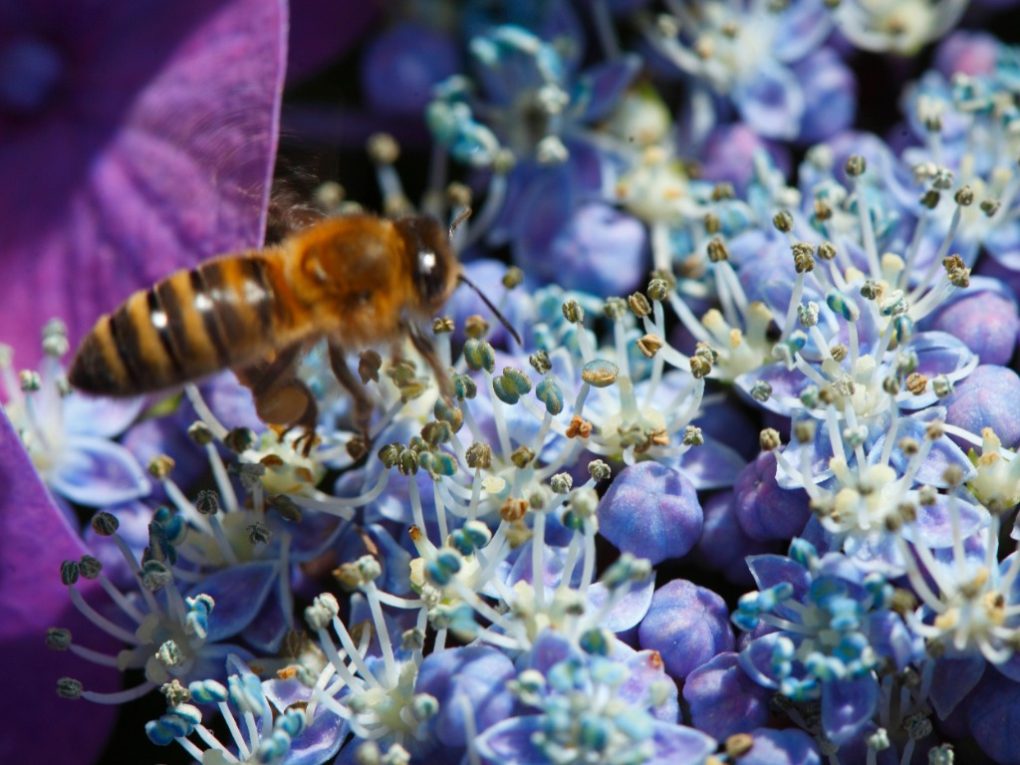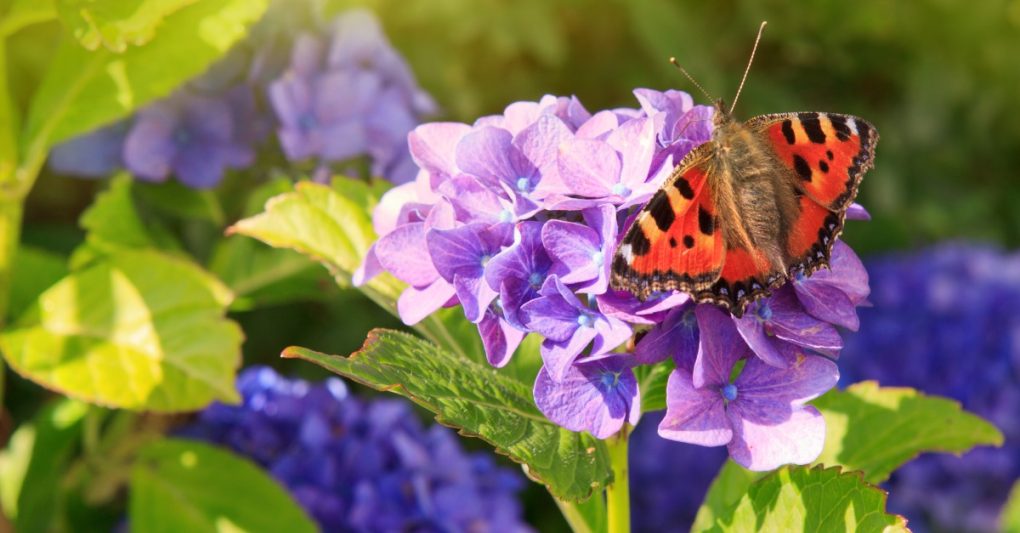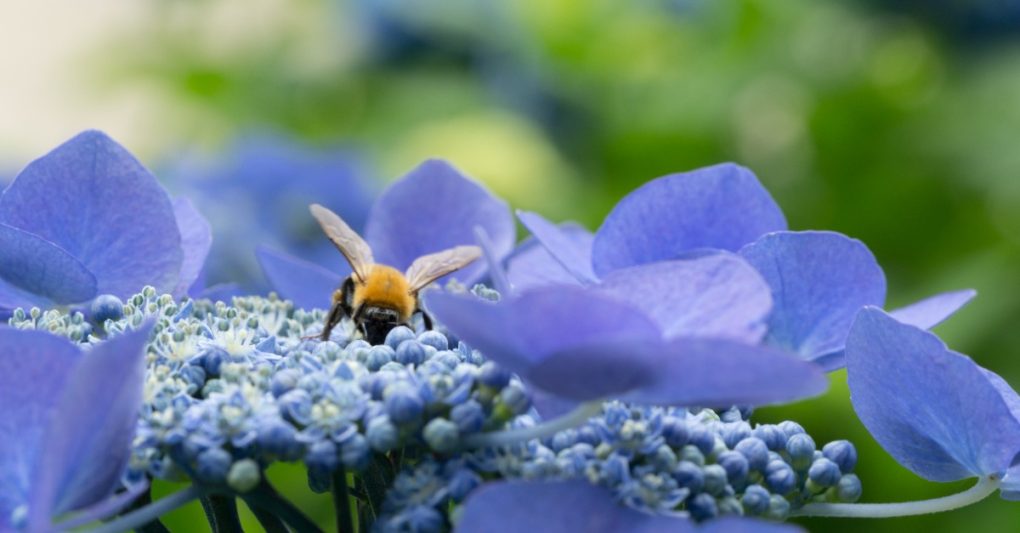Are Hydrangeas Good For Pollinators?
Hydrangeas are good for pollinators. These flowering plants produce large clusters of flowers, creating an abundant nectar source that attracts pollinators, such as bees, butterflies, and other beneficial insects.

However, some hydrangeas, such as mophead varieties, are primarily grown for their ornamental value and offer little to no nectar or pollen for pollinators. On the other hand, lacecap hydrangeas have fertile florets rich in nectar and pollen, making them an excellent choice for attracting pollinators such as bees and butterflies.
The vibrant colors of the blooms, which can range from blue, pink, white, or purple, are enticing to pollinators, and their shape allows easy access to the nectar. Hydrangeas may not be the most popular choice for pollinators compared to plants like milkweed or coneflowers, they still support pollinator populations. Inclusion of hydrangeas in a diverse garden provides a variety of nectar sources, helping to create a healthy ecosystem that sustains a range of pollinating species.
Table of Contents
Do Hydrangeas Attract Pollinators?
Hydrangeas are well-known for their beautiful blooms and are often grown for decorative purposes. However, many gardeners are also interested in whether hydrangeas attract pollinators. The answer is yes, but it depends on the type of hydrangea and the pollinator in question.
Types of Pollinators Attracted to Hydrangeas
Hydrangeas can attract pollinators, including bees, butterflies, and hummingbirds. Bees are particularly attracted to hydrangeas because they produce a lot of nectar.
Butterflies are also attracted to hydrangeas but are more interested in the fertile florets, which contain pollen. Hummingbirds are attracted to the bright colors of some hydrangea varieties, such as the red blooms of the ‘Pinky Winky’ hydrangea.

Hydrangea Varieties That Attract Pollinators
Not all hydrangea varieties are equally attractive to pollinators. Some varieties have sterile florets that are not useful to pollinators, while others have fertile florets that are difficult to access. However, several hydrangea varieties are particularly attractive to pollinators:
● Smooth Hydrangea: This variety produces large, flat flowerheads attractive to bees and butterflies. The fertile florets are easily accessible, making it easy for pollinators to collect pollen.
● Panicled Hydrangea: This variety produces cone-shaped flowerheads attractive to bees and butterflies. The fertile florets are located at the top of the cone, making them easy to access.
● Lacecap Hydrangea: This variety produces flat flowerheads with a ring of sterile florets surrounding a cluster of fertile florets. The fertile florets are easily accessible, making it easy for pollinators to collect pollen.
Overall, hydrangeas can be a great addition to a pollinator garden, but choosing the right variety is important to attract the right pollinator. By selecting the right hydrangea variety, gardeners can help support the health and well-being of local pollinator populations.
How do hydrangeas benefit pollinators?
Hydrangeas can be a great addition to any pollinator garden, as they provide a source of nectar and pollen for various insects. While not all hydrangea species are equally beneficial to pollinators, those with fertile flowers can be particularly attractive to bees, butterflies, and other insects.

Hydrangea flowers comprise two types of florets: fertile and sterile. The fertile florets contain pollen and nectar, making them a valuable pollinator food source. In contrast, the sterile florets are primarily ornamental and do not provide any nutritional value to insects.
Some hydrangea cultivars, such as ‘Endless Summer’ and ‘Blushing Bride’, are particularly attractive to pollinators due to their large, showy flowers and abundant fertile florets. These varieties can be great for gardeners looking to support local pollinator populations.
It’s important to note that while hydrangeas can benefit pollinators, they should not be relied upon as the sole food source in a pollinator garden. Instead, gardeners should aim to plant a variety of nectar- and pollen-rich flowers to ensure that pollinators have access to a diverse range of food sources throughout the growing season.
